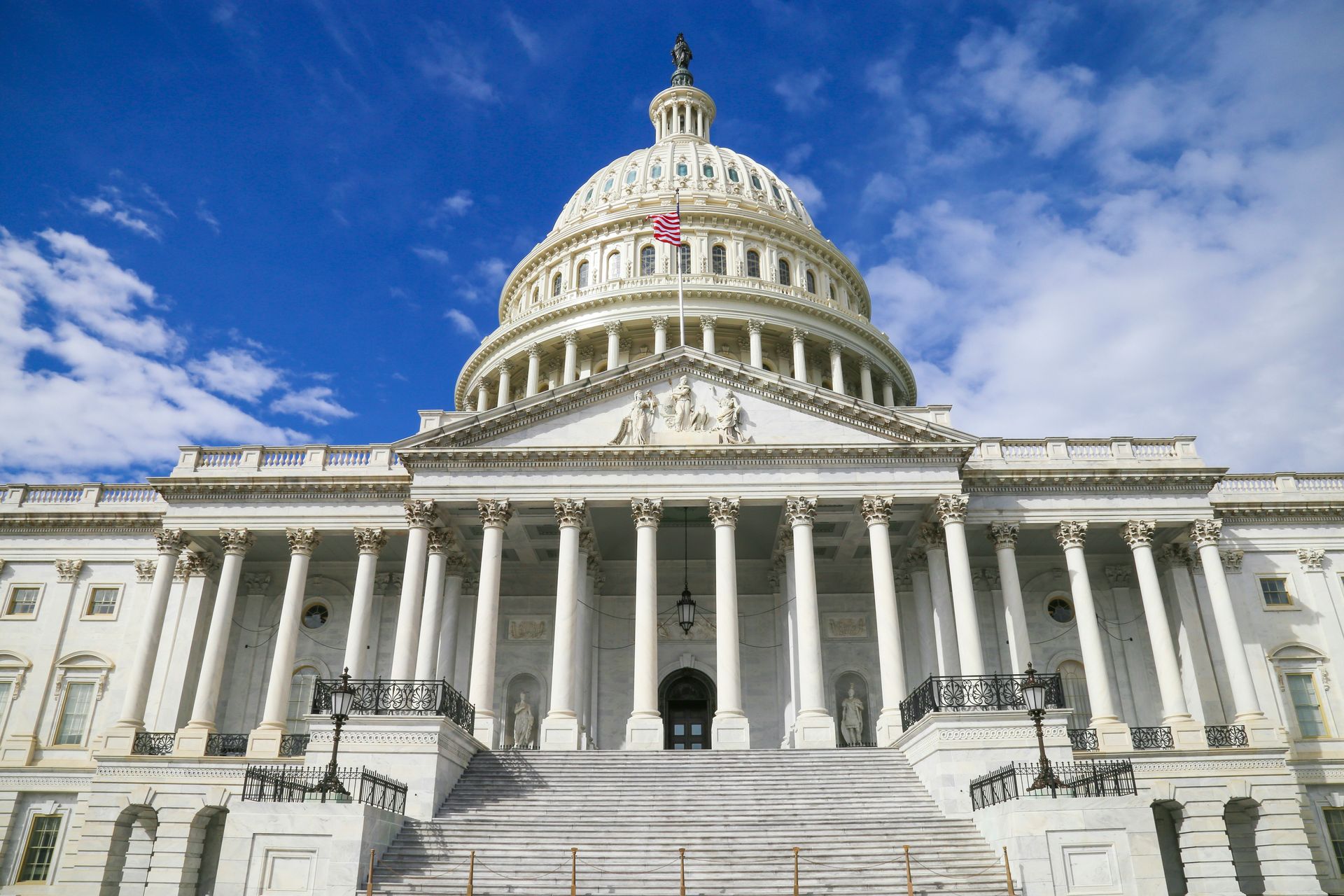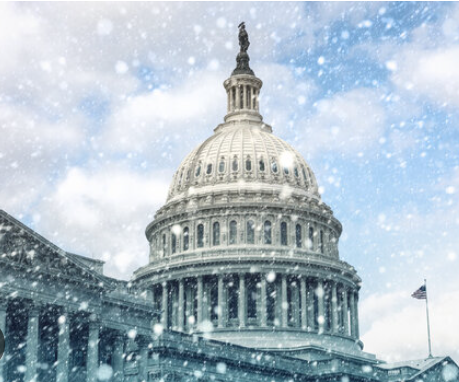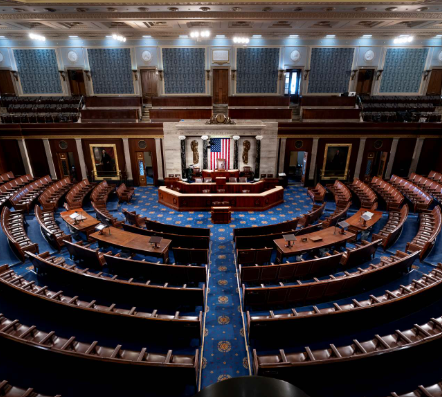Now Is The Time To Better Invest In Talent

Jason Tyszko, Vice President, U.S. Chamber of Commerce Foundation Center for Education and Workforce
If the pandemic showed us anything, it’s that the skills for in-demand jobs are more important than ever. But it also highlighted an urgent need to address challenges with bold thinking and transformational change. This economy competes on talent, therefore, investing in talent is pivotal to the success of employers across the country. Paying for that investment is often the challenge. Our current approach to financing talent development is outdated. We need an approach fit for our time.
Jobs, skills, and the needs of employers are rapidly changing. Designing new ways to finance talent is where the Talent Finance initiative comes in. Launched in fall of 2020, Talent Finance explores private sector-led solutions and innovations in finance to better invest in people. It’s estimated that American students carry $1.75 trillion in debt. In addition, businesses spent more than $80 billion on employee training in 2020. With an economy recovering from a global pandemic, and a workforce reeling from an unprecedented worker shortage, the time is now to create more opportunity and better outcomes for learners, workers, and employers.
Talent Finance is creating new ways for employers and the financial services community to collaborate and identify new private sector tools for financing talent, develop new strategies for managing risk in the labor market, and manage how to pay for workers to get and constantly refine the skills they need.
Led by the U.S. Chamber of Commerce Foundation and a core group of partners: Greater Houston Partnership, Federal Reserve Bank of Atlanta, Society for Human Resource Management (SHRM), Social Finance, WorkingNation, Education Finance Council, National Association of Workforce Boards, Jobs for the Future (JFF), National Governors Association, and Uncommon Impact Studios; the initiative is leading the effort in leveraging employer collective action and a new data structure to enable large scale innovation in talent finance.
Building Finance Solutions
To improve employers’ ability to pay for talent training we must create shared value and investment, so that employers and the financial services industry have more skin in the game — and learners and workers don’t take on all the risk of financing their training. The U.S. Chamber Foundation and its partners developed a white paper that lays out a set of guiding principles, a framework for innovation, and recommendations for both public and private talent finance solutions. However, the initiative seeks to do more than advance a new framework and deliver recommendations, its working to actively build a network of action.
The Foundation and its partners have already begun working to develop solutions that solve the talent finance challenge. The first steps were convening Talent Finance Design Workshops for organizations that were interested in designing new talent finance products, services, and partnerships. The workshops focused on brainstorming, project ideation and planning, presenting project ideas, and preparing for implementation. There were more than 20 participating organizations and close to 10 solution providers that contributed to the workshops.
The next step was developing the Talent Finance Innovation Network (TFIN), a community group of organizations and individuals dedicated to putting the Talent Finance guiding principles and framework into practice. The TFIN has been meeting to make ideas tangible by encouraging public and private organizations to participate in building a consensus around using the Talent Finance approach, to get the return-on-investment in skill development that workers and employers deserve.
Innovation is Already Happening
Our current system for talent investment isn’t agile enough to meet the demands of the ever-shifting labor market or employer needs. It lacks the capacity to tackle a significant variety of challenges. Couple that with the fact that there are many individuals in the workforce who lack skill-building opportunities that ultimately prevent career advancement. There are employers that understand the need to rethink how we recruit, hire, train, or re-train employees. For instance, Walmart, one of the biggest employers in the country, provides an array of education and training opportunities to associates through its Live Better U program — providing them the opportunity to earn a college degree for just $1 a day.
The Delta College Fast Start™ Training Programs include accelerated skilled training programs to prepare workers with skills for the jobs local employers are looking for. We’ve also seen innovations in talent financing such as Career Impact Bonds through Social Finance, to help the unemployed and underemployed access industry-recognized training programs, gain in-demand skills, and land good jobs. There is also a new nonprofit, the Student Freedom Initiative, that’s focused on reducing the loan burden on Black students. This is done through a new Income Share Agreement — or ISA — fund available to STEM majors at 11 historically black colleges and universities (HBCUs).
To grow our economy, maintain global competitiveness, and close opportunity and equity gaps, it’s imperative our approach to investing in talent meets the moment. We have to change the incentives for employers and government to work together as part of a new public-private approach to talent development that broadens the impact of promising employer, private sector, government, and service provider innovations. This requires a national coalition of the ready and willing. It’s never been clearer — the time is now.
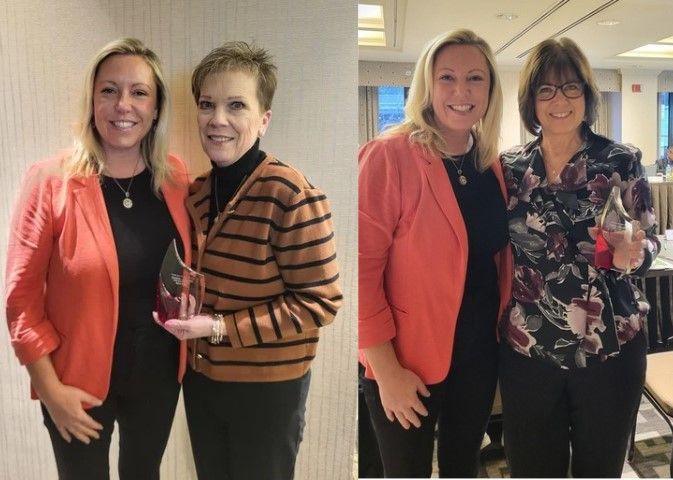
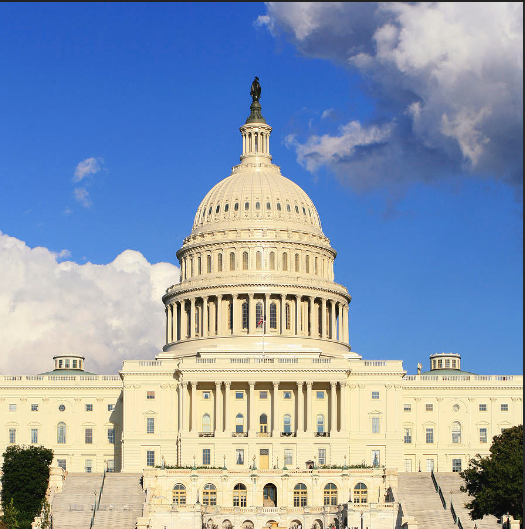
National Association of Workforce Boards | All Rights Reserved |
Created by Olive + Ash.
Managed by Olive Street Design.


